How to Insulate Windows for Winter: The Complete How-To
Every winter, we get lots of people asking us how to insulate windows from cold air and our recommendation is to address the problem by upgrading to energy efficient windows.
We also like to stress that you can further insulate energy-efficient windows to amplify the standard of heat retention they offer and subsequently, save extra money on energy.
Let’s add more meat to the topic of window insulation by extensively outlining strategies of maximising it to create a home that’s cosy and comfortable year-round, including during even the harshest of winters.
Signs Indicating It’s Time For A Window Replacement
The appearance of condensation in between windowpanes, noticeable draughts and cold spots all suggest that window insulation has diminished. Similarly, cracks, warped frames and problems opening and closing windows also signal that maybe you should start looking into new types of windows for a home.
Replacement windows will uplift comfort and lessen the price of energy bills.
Replacement vs. Insulation - Price and Payback
You may be a bit unsure as to whether implementation of extra insulation will be enough or you’d be better off just investing in a window replacement. One thing to be aware of is that insulation on its own often won’t stop older single glazed windows from letting out heat.
While very affordable, there is no guarantee that window insulation will make much of a difference where old or damaged windows are concerned. Figure out the best option by weighing up cost against predicted savings.
The cost of window insulation is really appealing, but if your windows are especially old, getting replacements in, particularly triple glazing windows, will likely prove the more sensible investment. Contemporary window offerings realise incredibly low U values, do a great job of eliminating draughts, elevate comfort and reduce energy bills.
A window upgrade also makes financial sense when you think about the forever rising price of energy.
6 Tips on Insulating Windows for Winter
Before we go into several methods of how to insulate windows for winter, we need to make you aware that extra insulation can even improve the insulation offered by newly fitted energy-efficient windows.
Now, let’s provide six ways of doing it that you can employ to reduce heat loss and draughts at the same time, suiting an array of budgets and scenarios.
1. Window Film
The function of insulating window film is to create an extra layer over the glass and reduce heat loss through conduction. Because it doesn’t involve any major adjustment, it’s a popular method used by renters.
Applied with a hairdryer and simple to remove, it can have a very noticeable effect on home comfort. Typically, it is employed in single-glazed windows and manages to preserve warmth without blocking natural light.
You can get film with UV protection in case you’re worried about sunlight causing your furniture or flooring to fade. When flawlessly applied, film can cut heat loss by anything up to 30%.
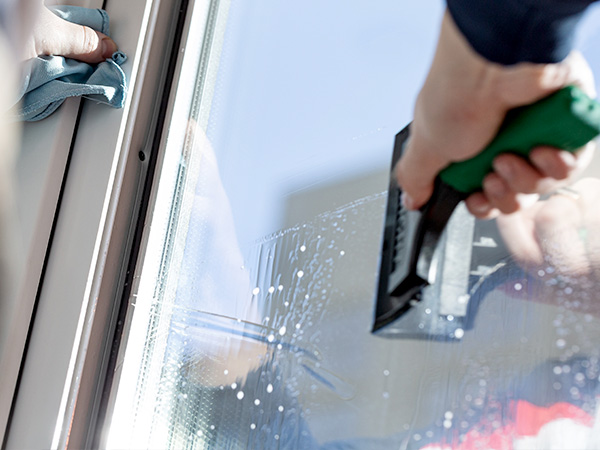
2. Thermal Curtains and Blinds
To stop the escape of heat through the glass, look to have thick, dense fabrics and specialised thermal blinds installed. There’s a variety of styles and colours available if you want to coordinate them to match existing décor.
You’re advised to choose heavier fabrics like velvet or lined curtains if your house happens to be south-facing or overly draughty. For small-sized windows or rooms where curtains won’t work, revert to thermal blinds instead.
Aside from the insulation they offer, privacy will also be amplified and external noise potentially reduced. They’re at their most effective when appropriately drawn and opened.
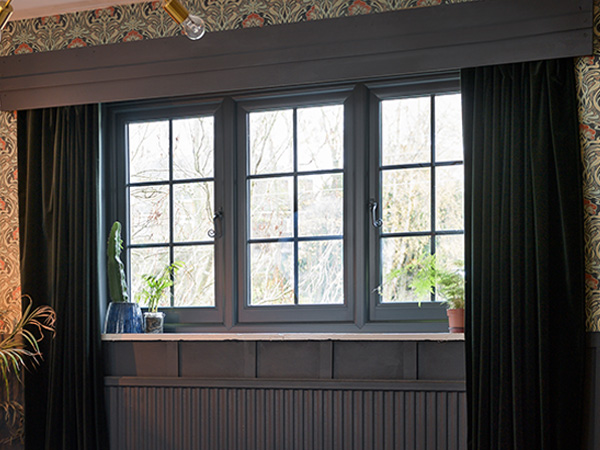
3. Caulking and Weatherstripping
Tackling unwanted draughts and energy loss can be managed with the addition of caulk or weatherstripping over any gaps in your frames. This is a great practice of how to insulate windows that are either old wooden designs or manufactured from metal.
Weatherstripping is a flexible trick for window solutions as it’s straightforward to apply and quickly removed. The permanence of caulk makes it better suited to long-term insulation projects.
Put a recurring date in your diary to now and again inspect the sealing, refreshing it whenever necessary so that performance is sustained.
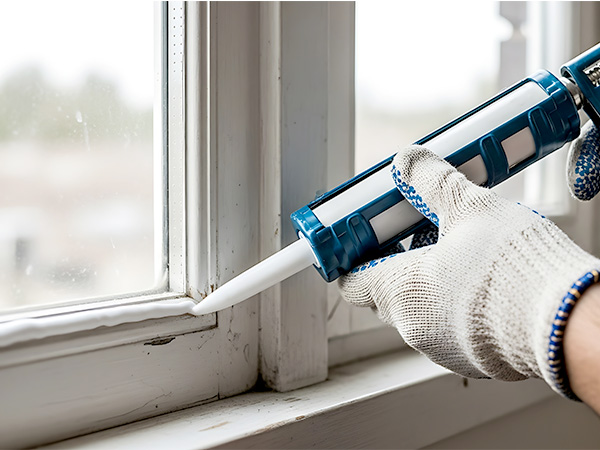
Request Your Free Window Quote
Simply fill in your details for your free, no obligation quotation
4. Bubble Wrap Insulation
One of the cheapest tactics is to insulate your windows with some bubble wrap, which can genuinely be effective when used on windows in South Wales. Cut it to the required size and apply either with water or double-sided tape to the inside of the glass. Warmth gets trapped by the air pockets, shrinking heat loss.
It’s another good suggestion for renters, but we recognise that it isn’t the most attractive suggestion. If you view it as unsightly, hide it behind some blinds or curtains.
Replace the bubble wrap if any deflation occurs so that performance is preserved.
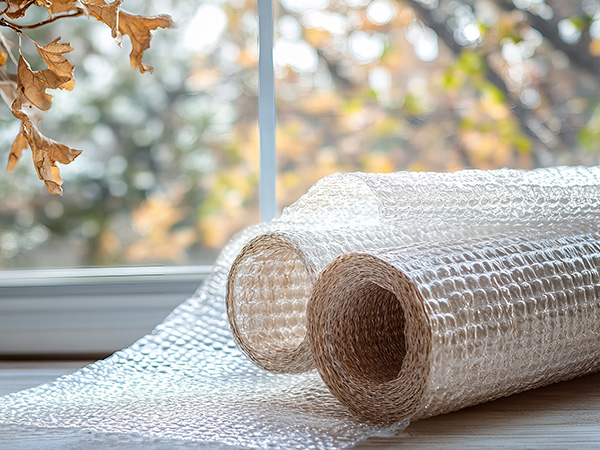
5. Secondary Glazing
Secondary glazing is something entirely separate from double glazing windows and consists of a glass or acrylic layer that you place on the inside of an existing window frame to create a thermal buffer.
It avoids having to replace original windows, which comes in useful for anyone residing in a listed or period building. Secondary glazing can also sometimes limit how much external noise you hear from inside.
Thousands of householders have seen it reduce heat loss through energy bills and heighten comfort.
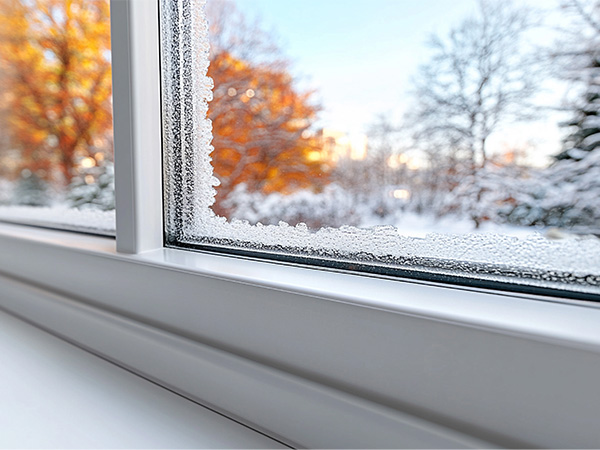
6. Draught Excluders and Insulation Tape
Deal with any gaps that form in frames by plugging them with draught excluders or insulation tape. They’re both affordable and easy to fit, enabling you to make a prompt improvement.
Often selected as an insulating measure for old and imperfectly sealed windows, it takes a matter of minutes to apply them. They perform excellently when incorporated into sliding sashes, doors and window bottoms.
Used in partnership with things like thermal curtains, they can hugely improve room warmth. Carry out a regular check of them to make certain their condition remains intact.

The Significance Of Window Insulation
If you’re not content with the exceptional standard of energy efficiency supplied by modern windows and glazing, you can always still boost it with extra window insulation. On doing so, the added layer will trap masses of warmth, minimise draughts and thus, improve the indoor temperature.
Excluding comfort for a second, effective insulation will trigger big energy savings, especially in winter when heating is most coveted, offer weather protection and possibly extend the life of windows. When measures such as thermal blinds, draughtproofing or insulating film are used together with energy-efficient windows it will herald a cosier home that’s more economical to heat.
Like when we told you what is a good u value for windows, we can categorically say that window insulation can be relied upon for increasing warmth, reducing energy charges and defending your home from the constant threat of weather.